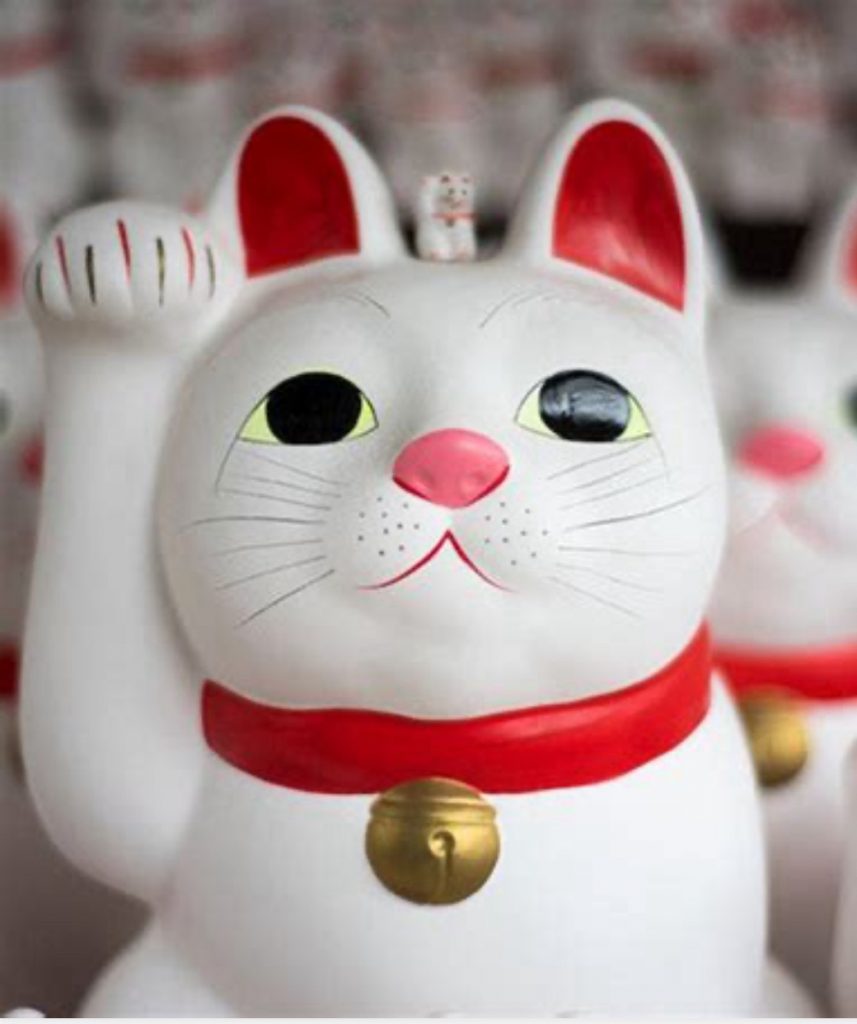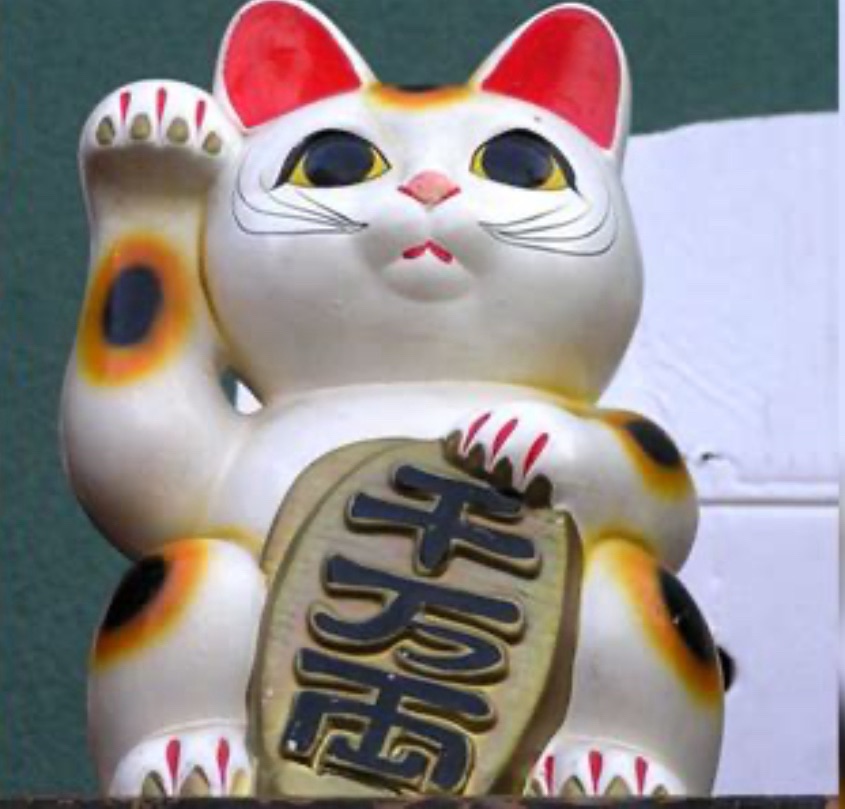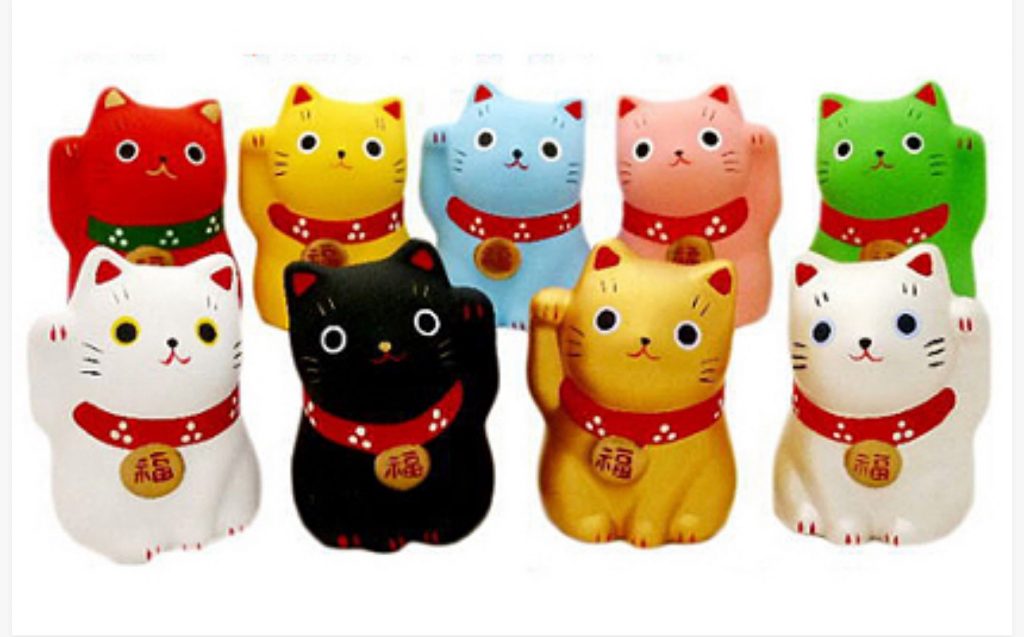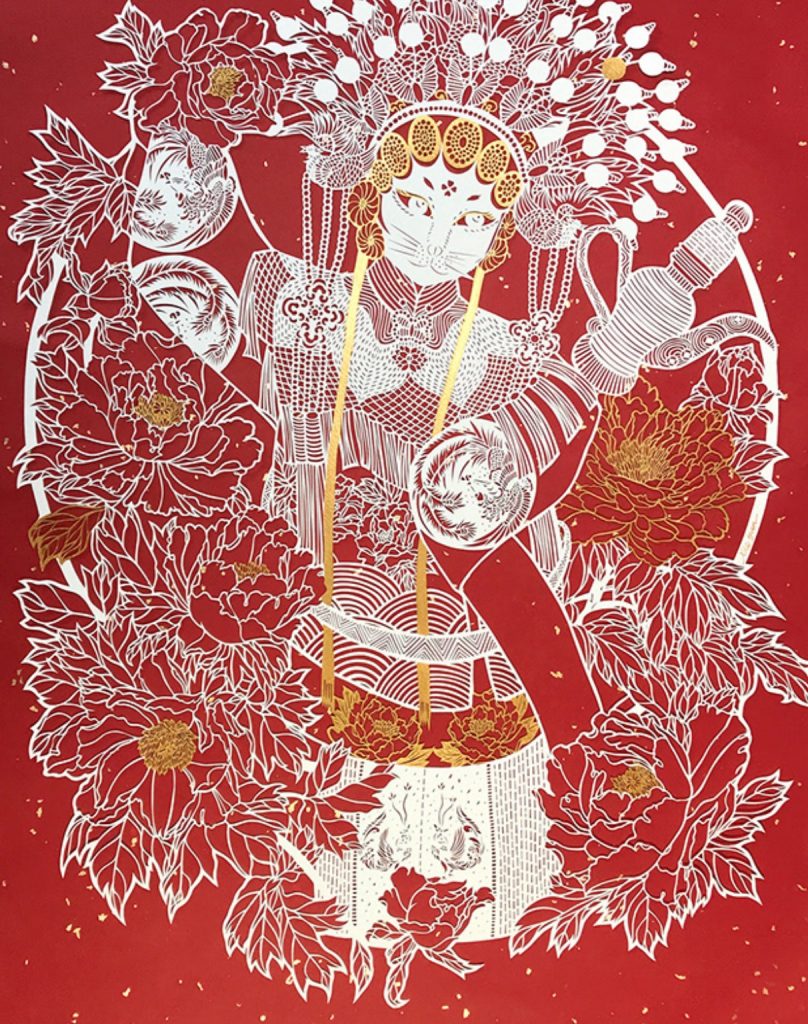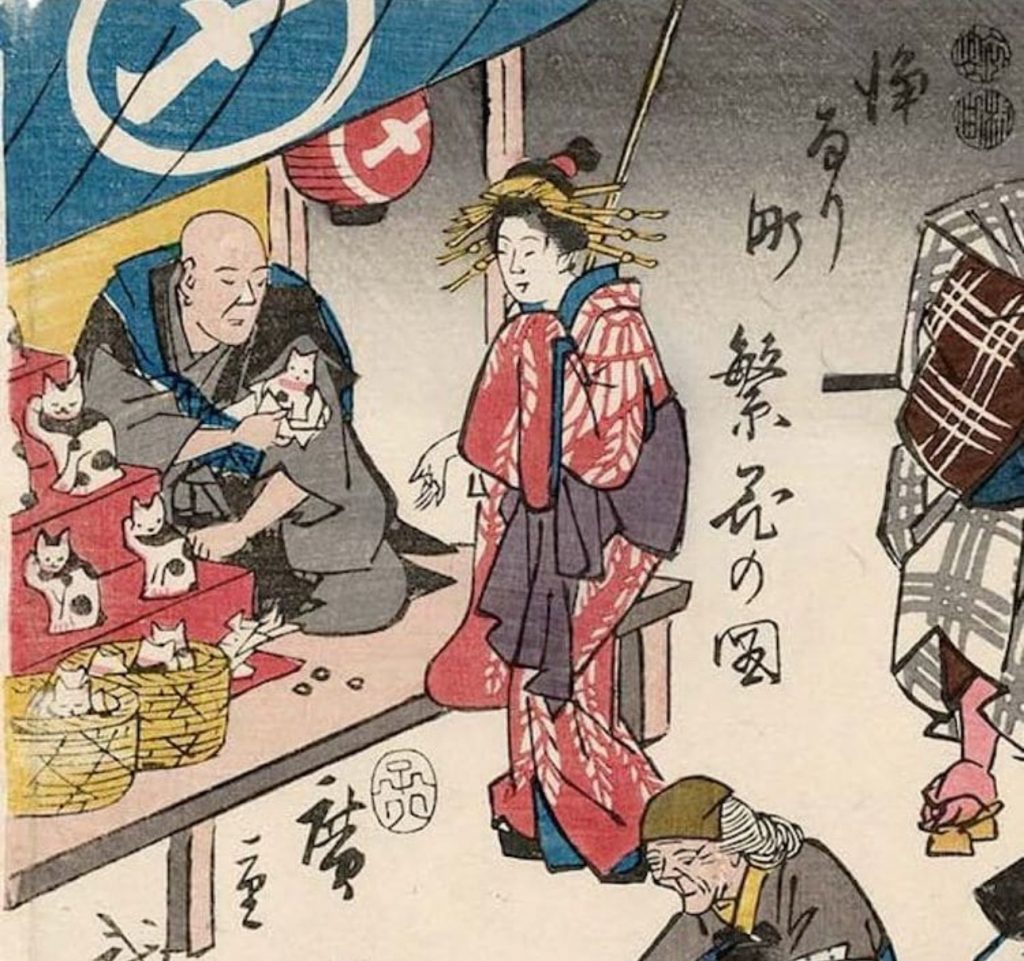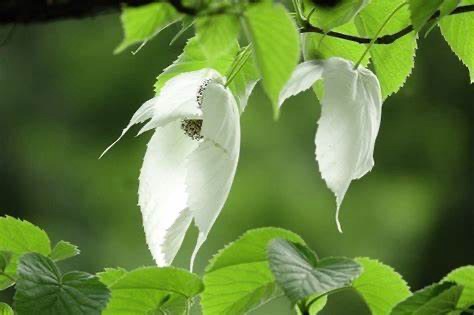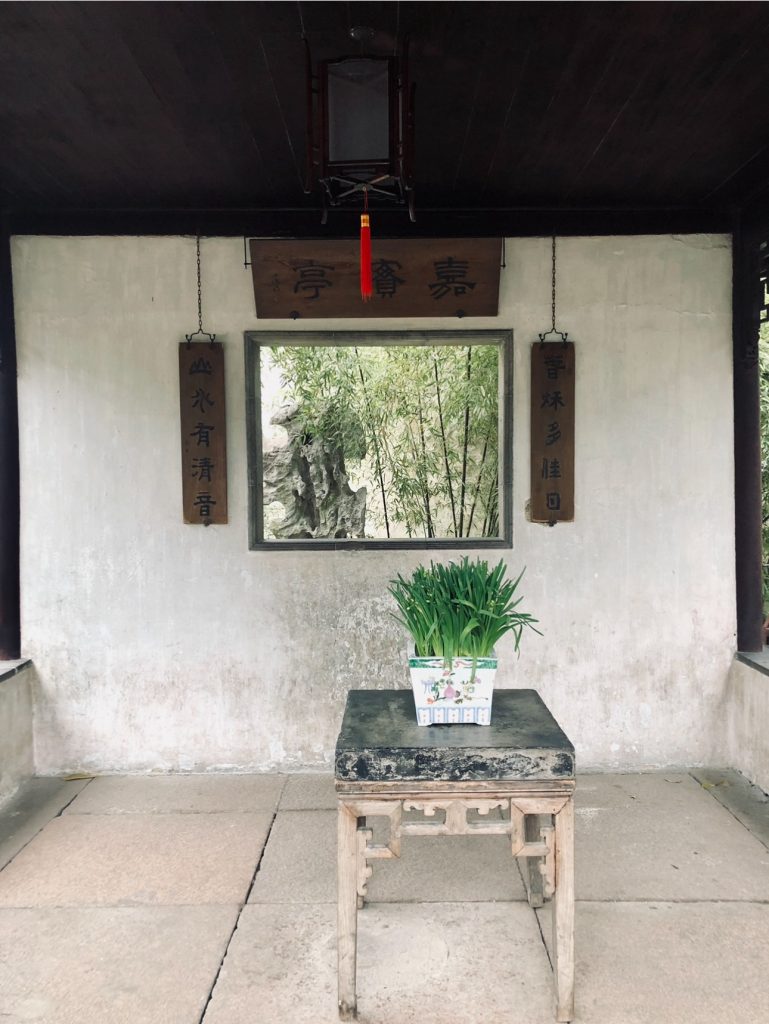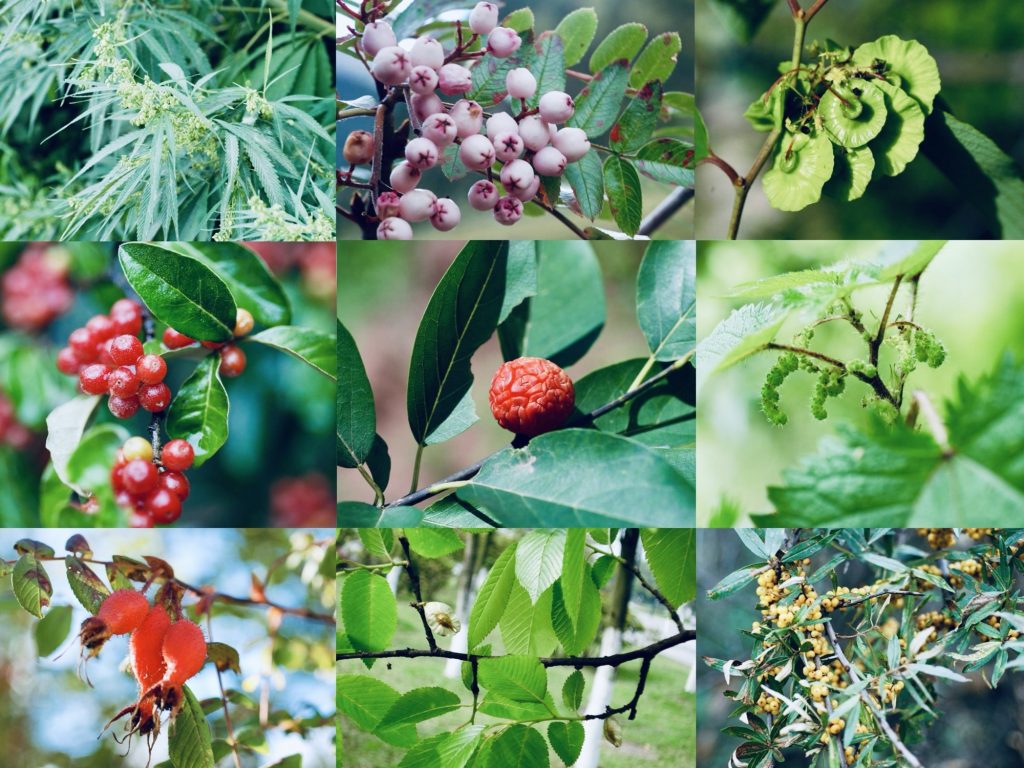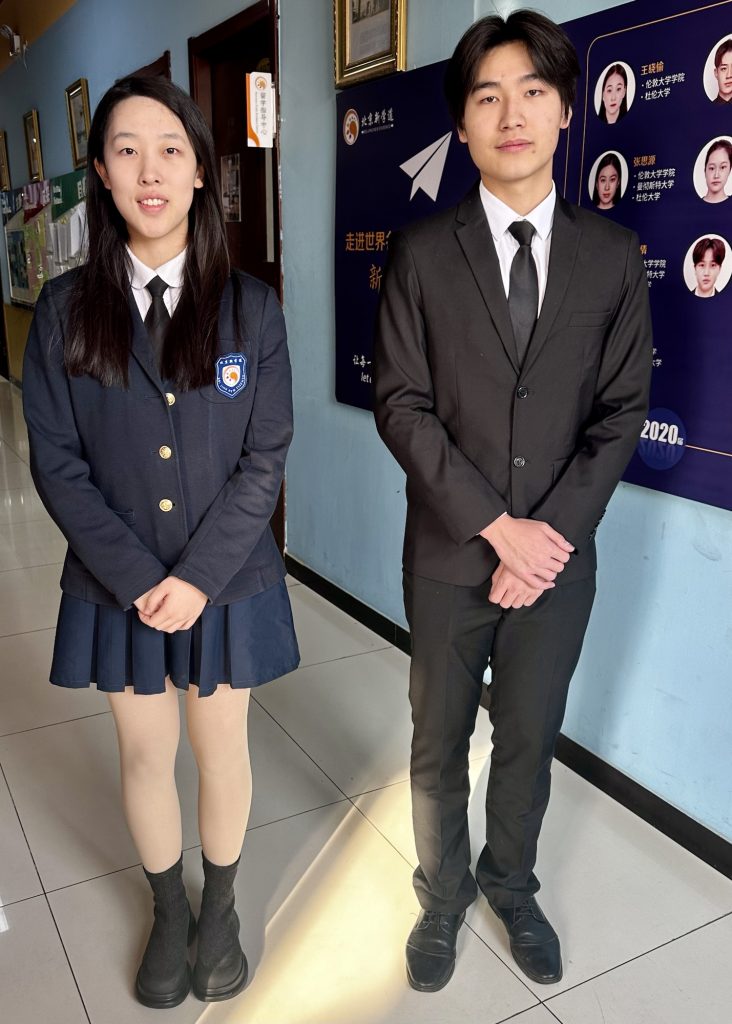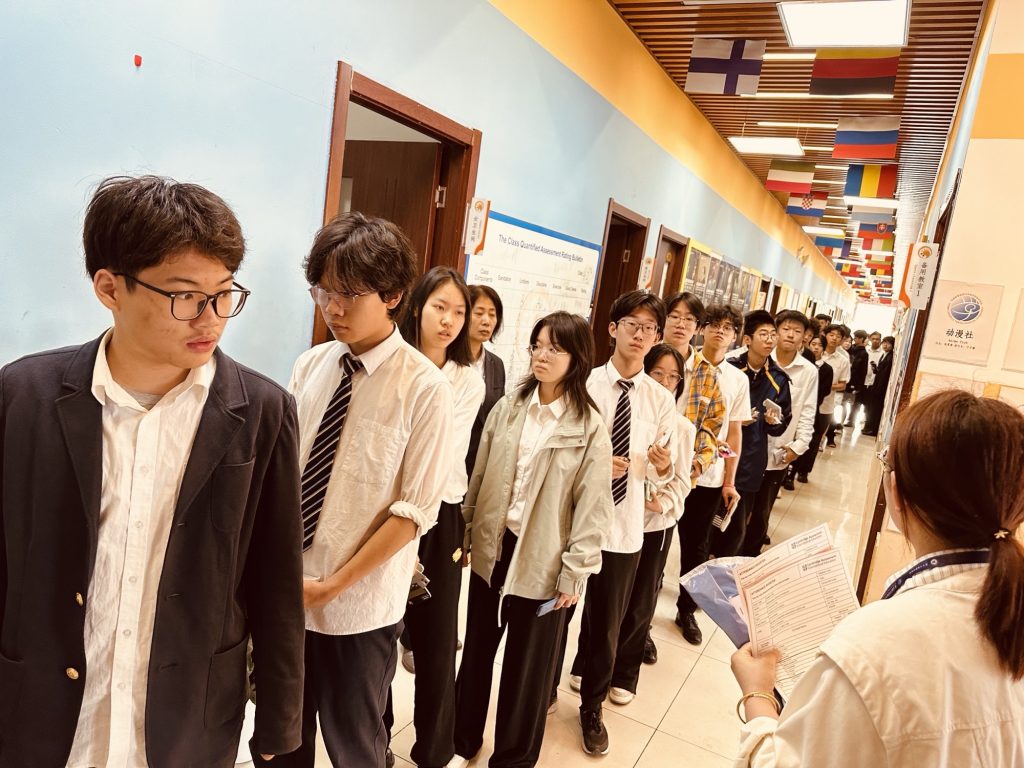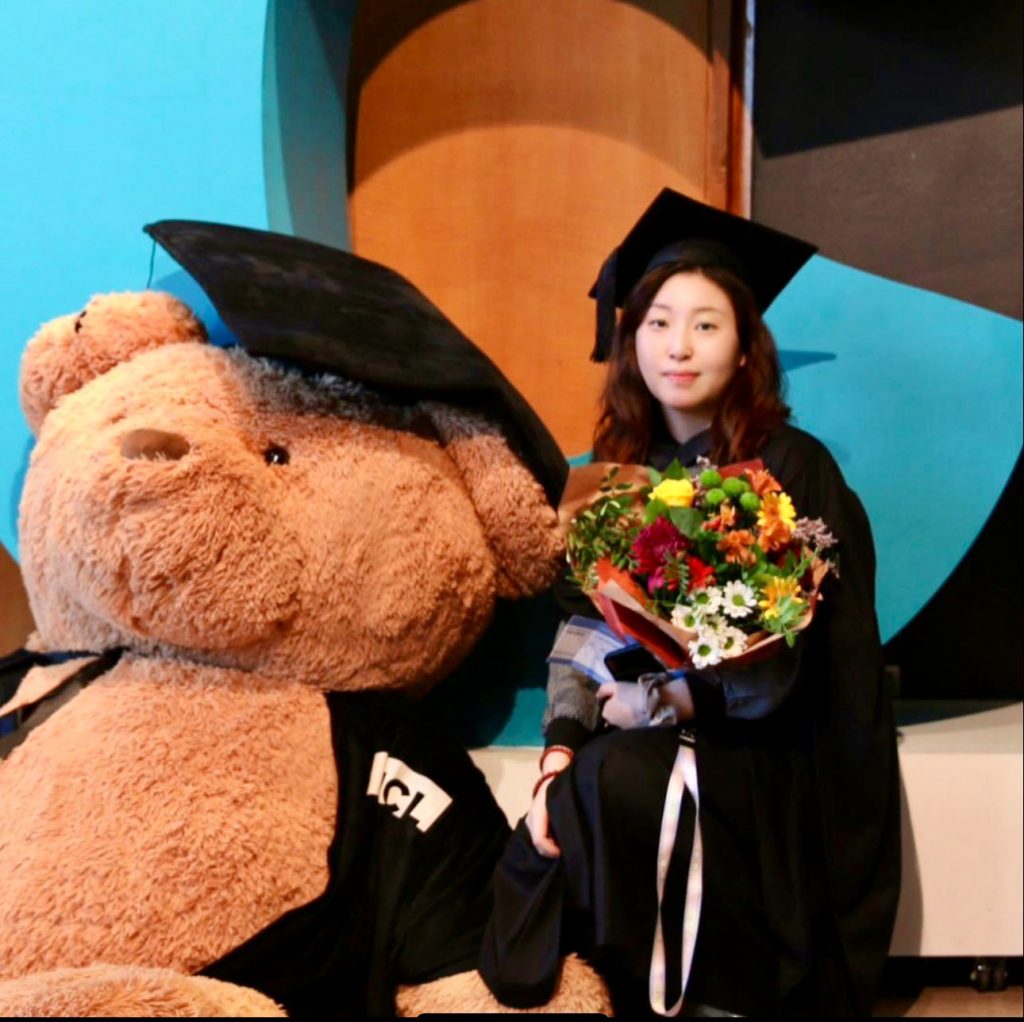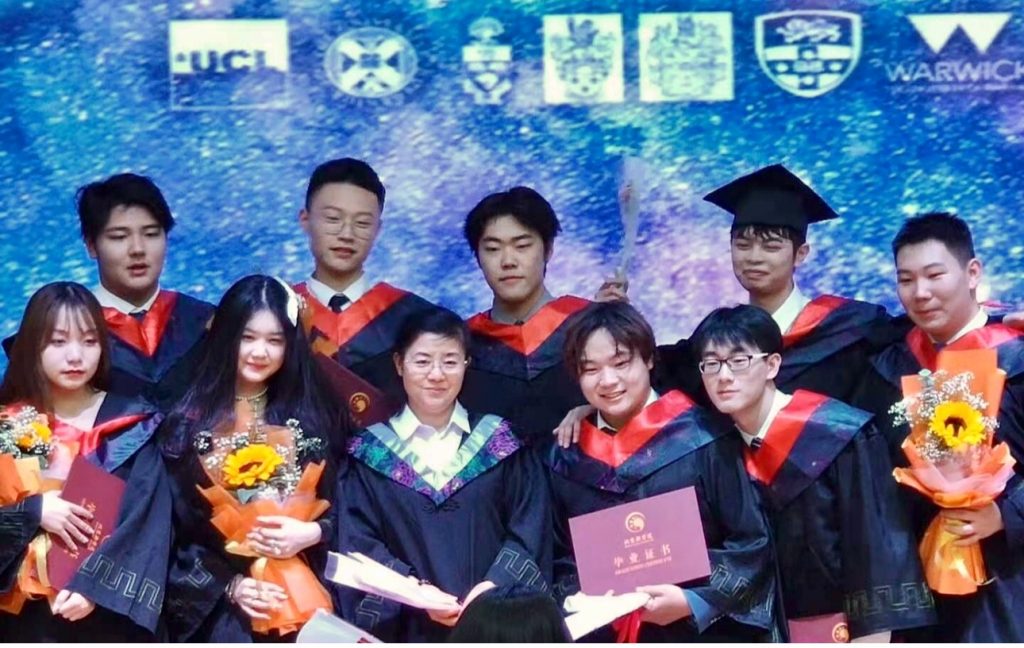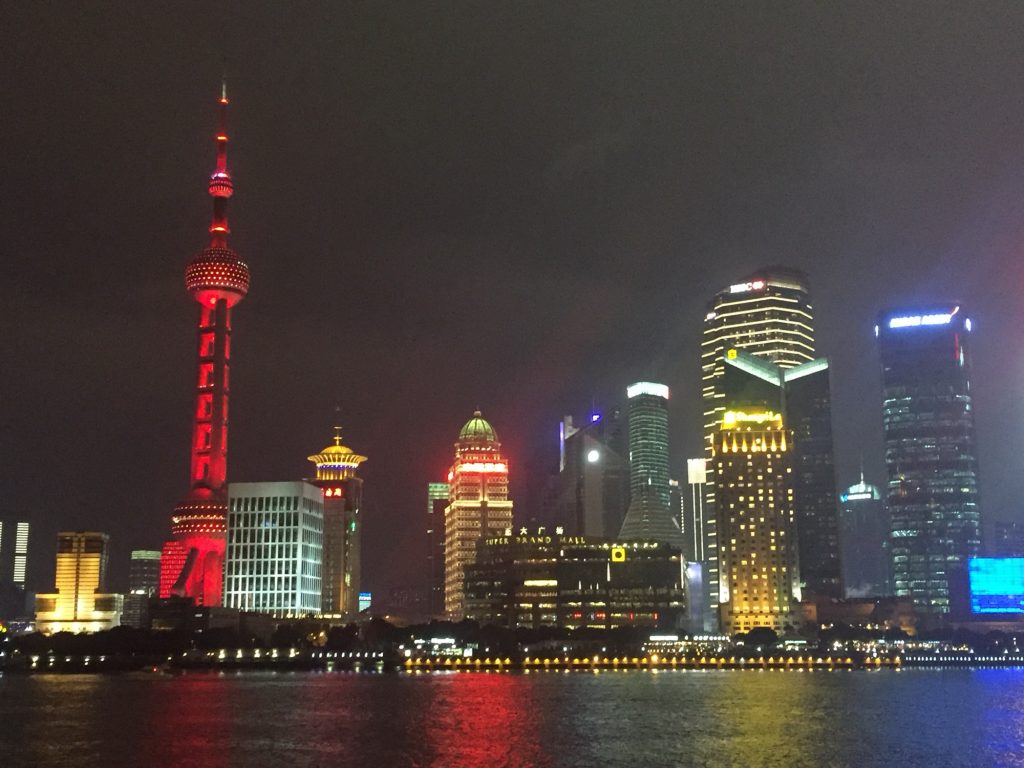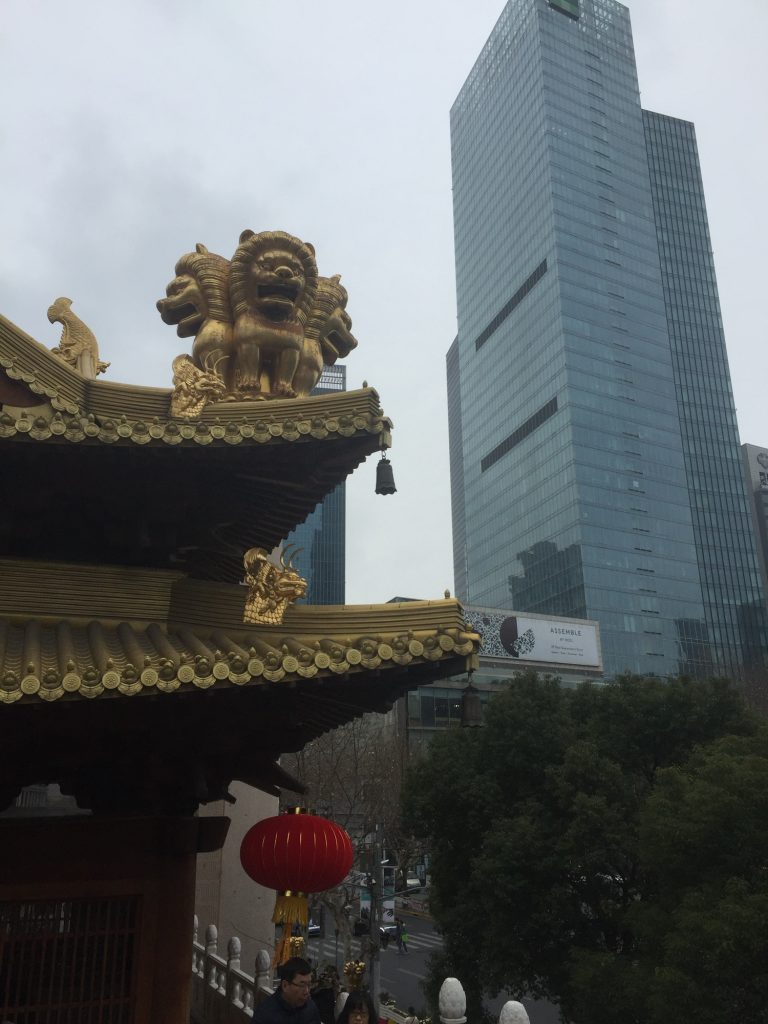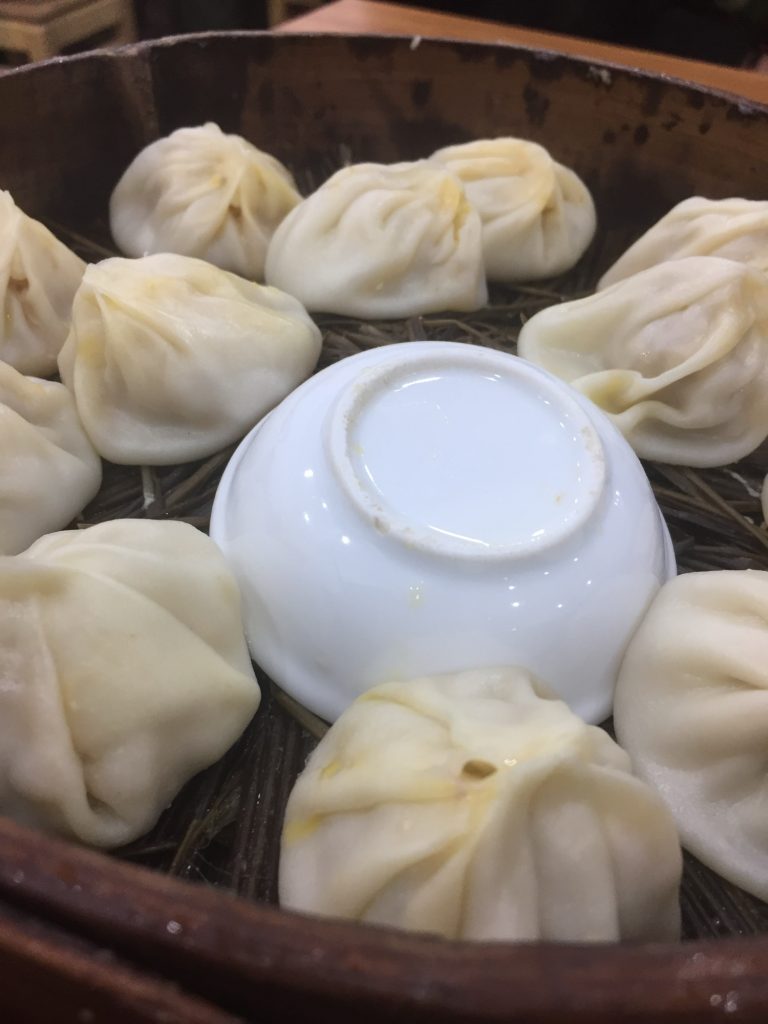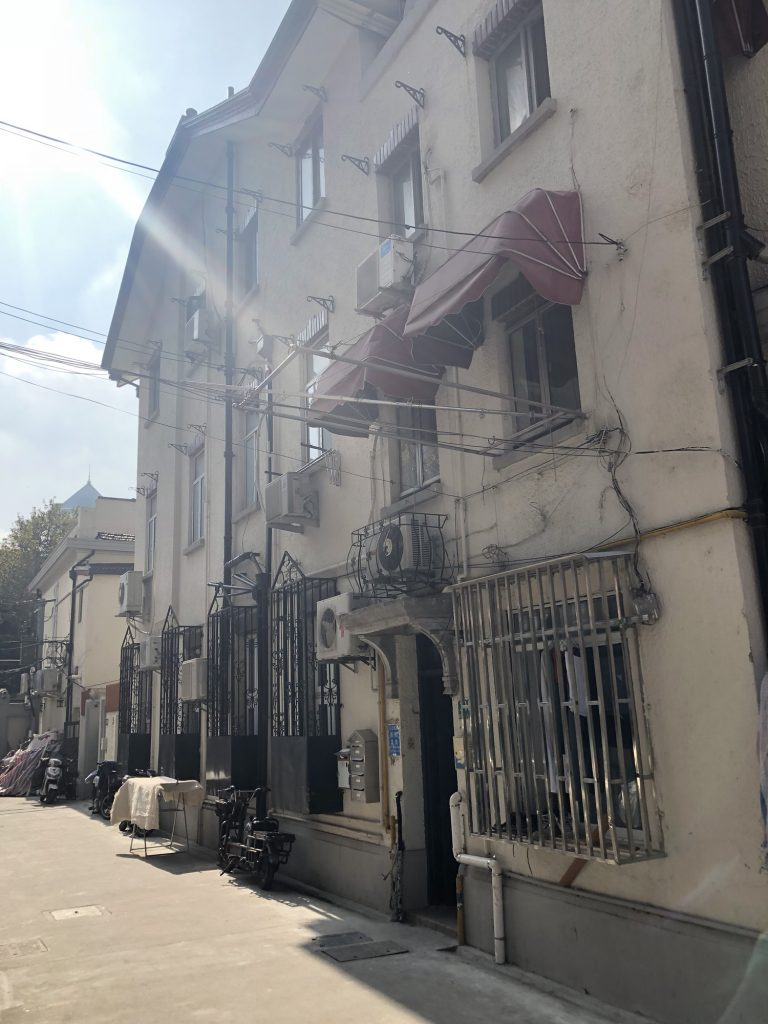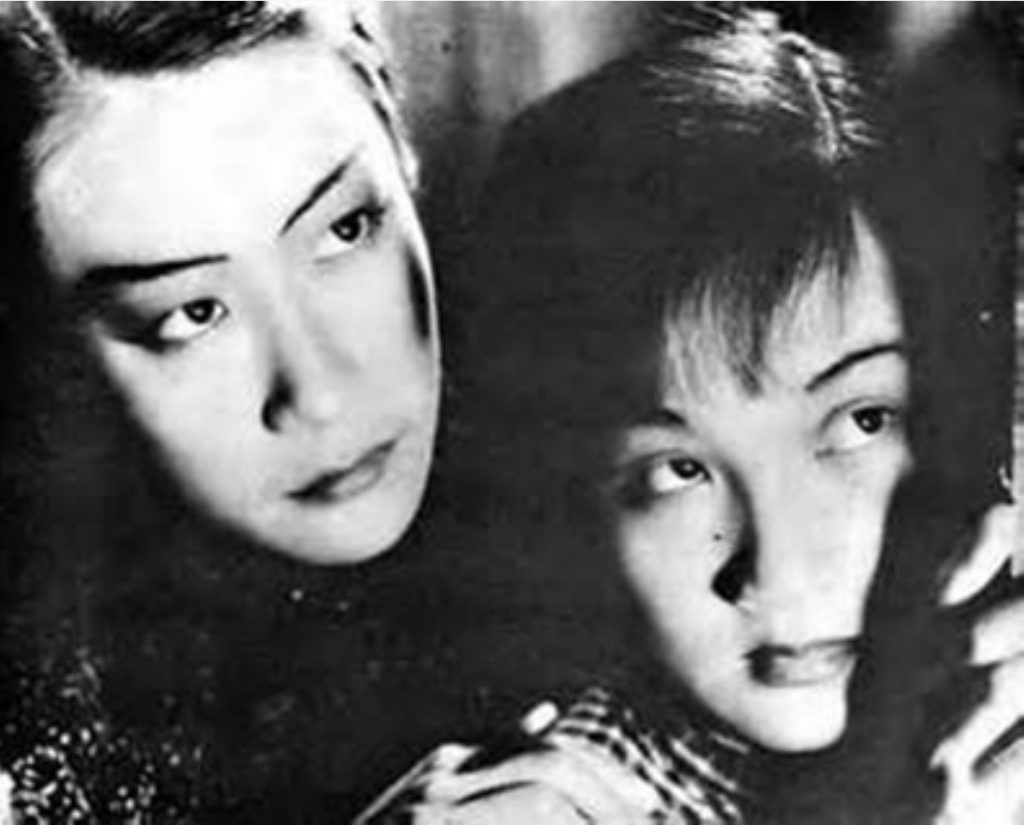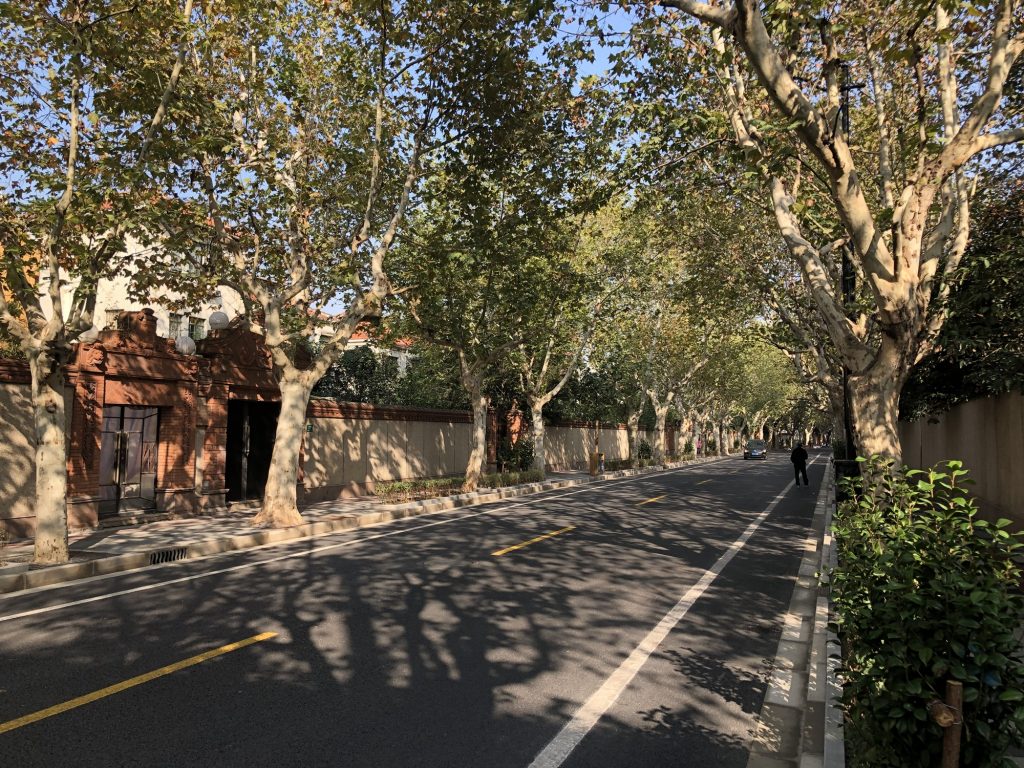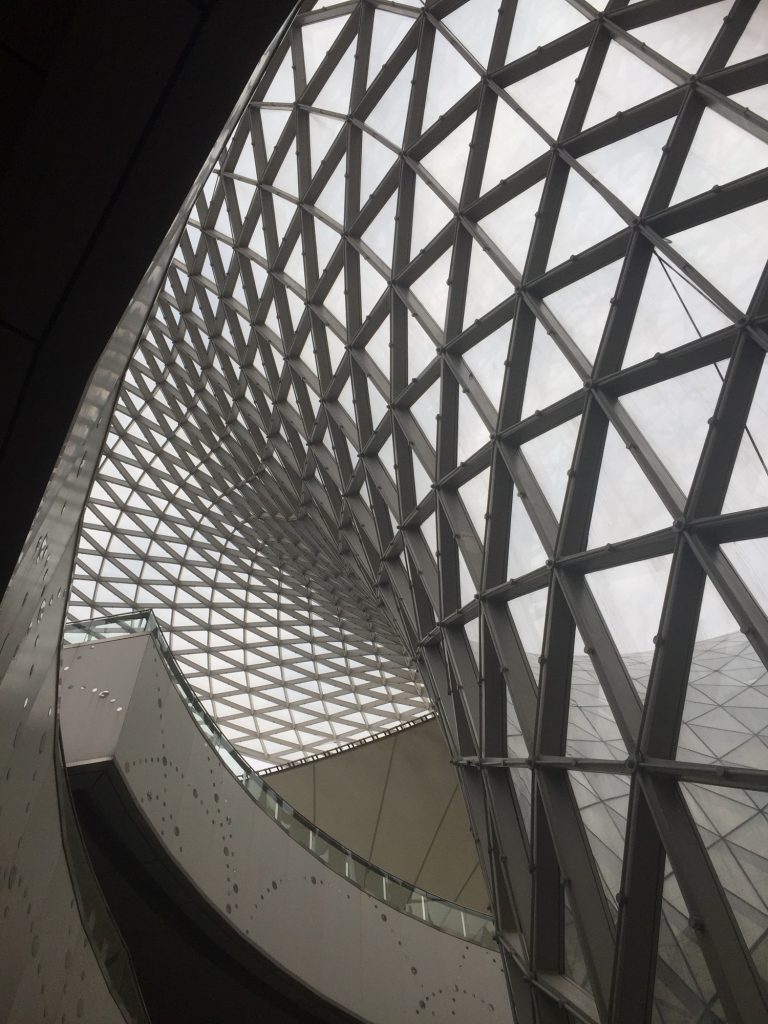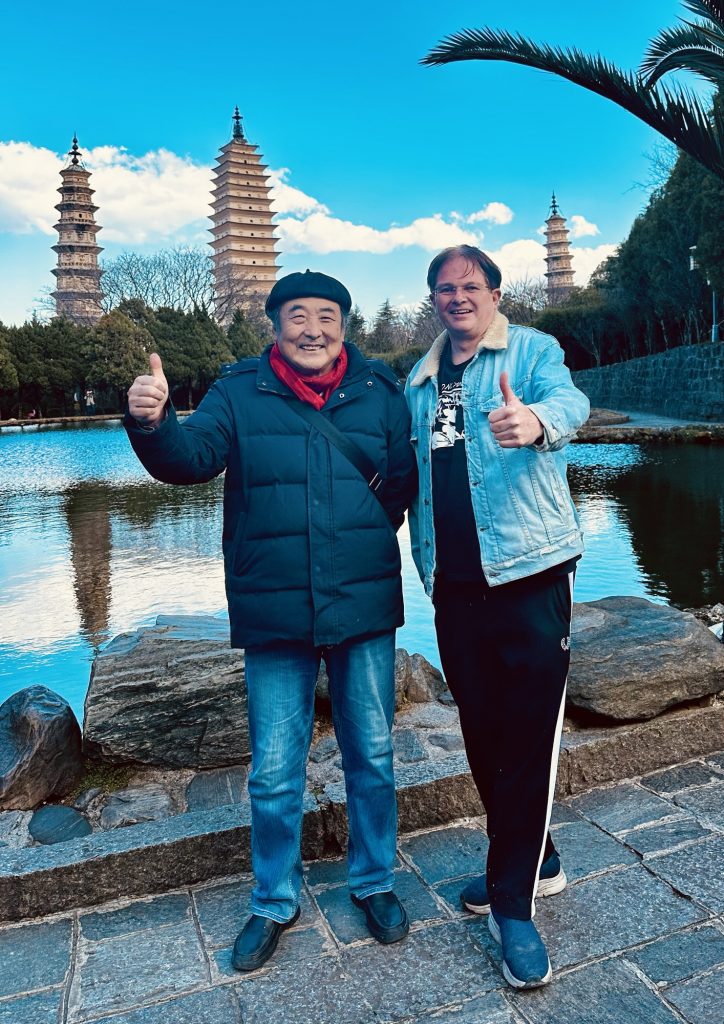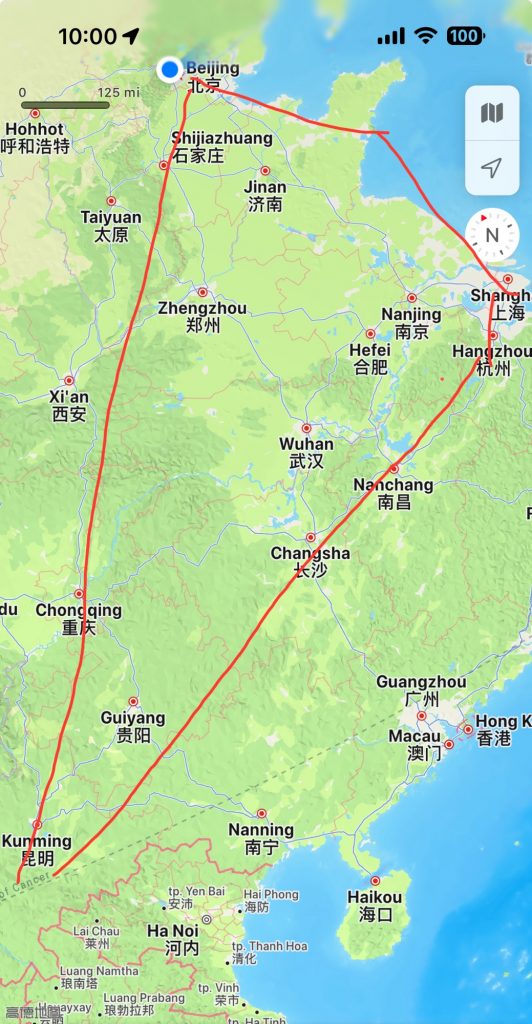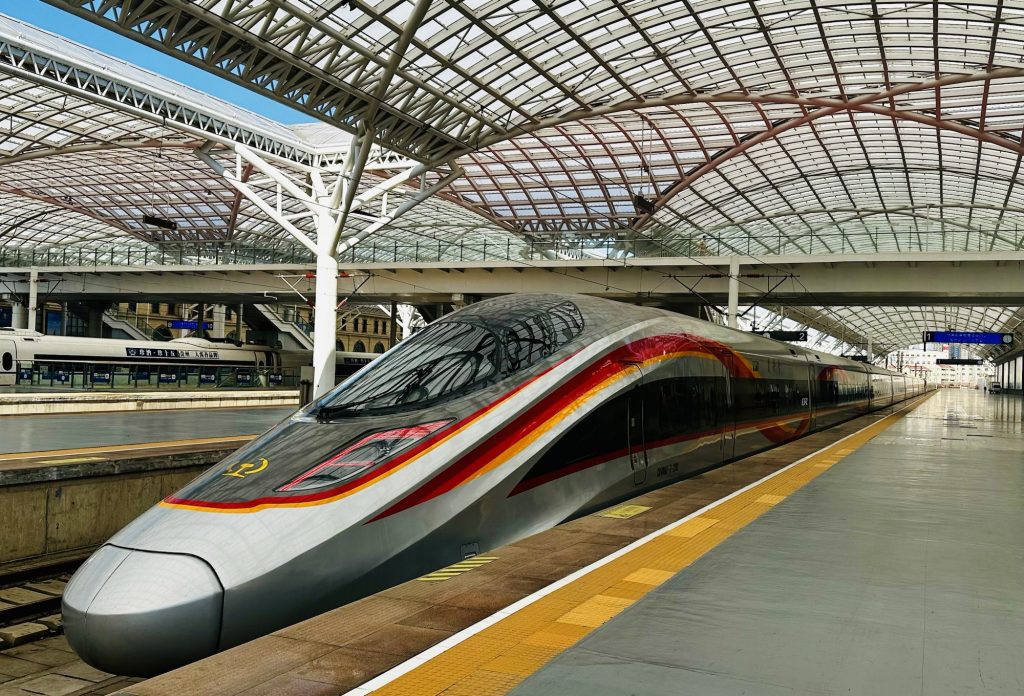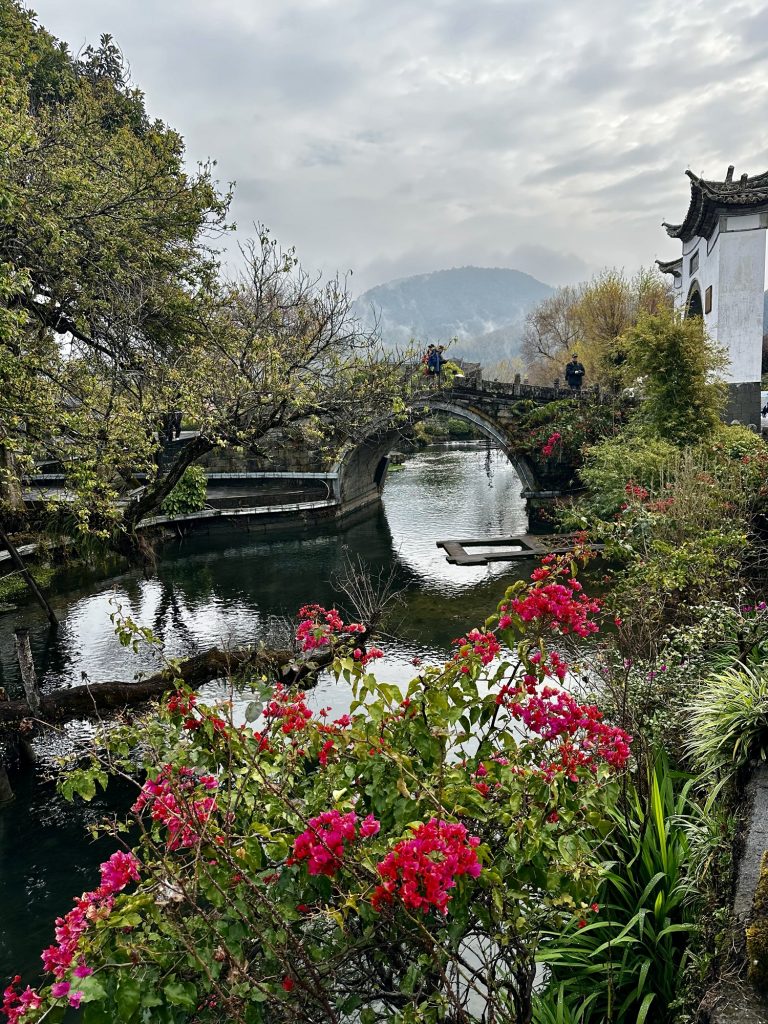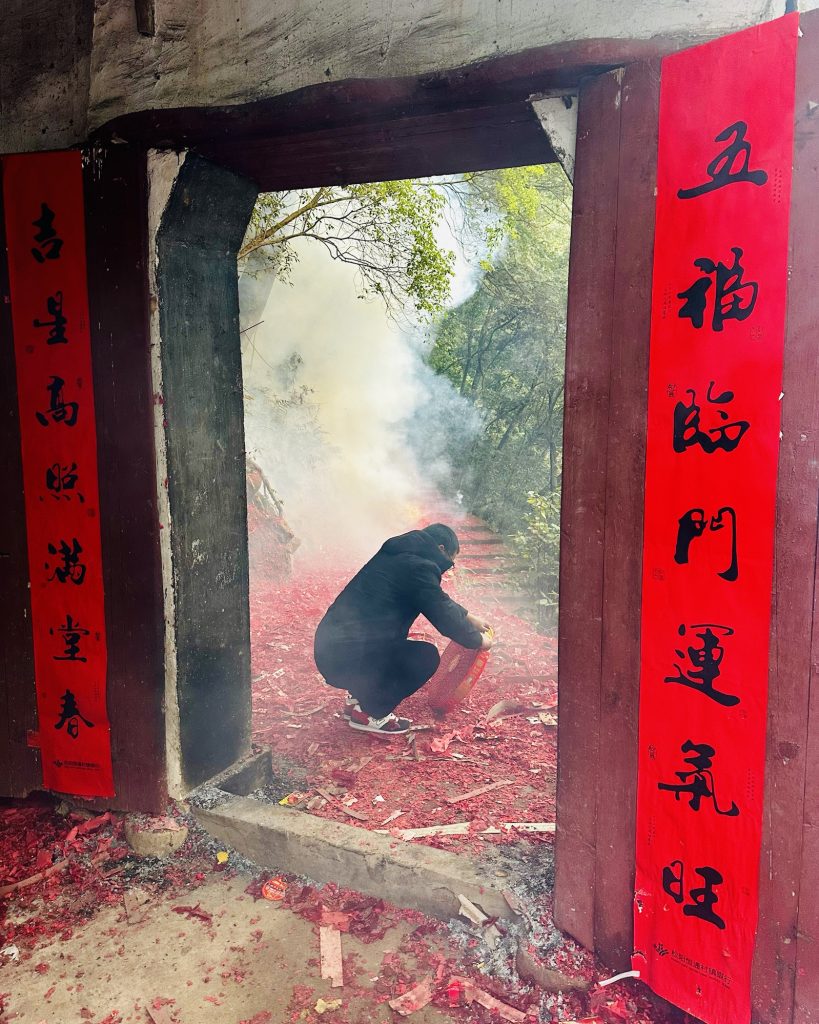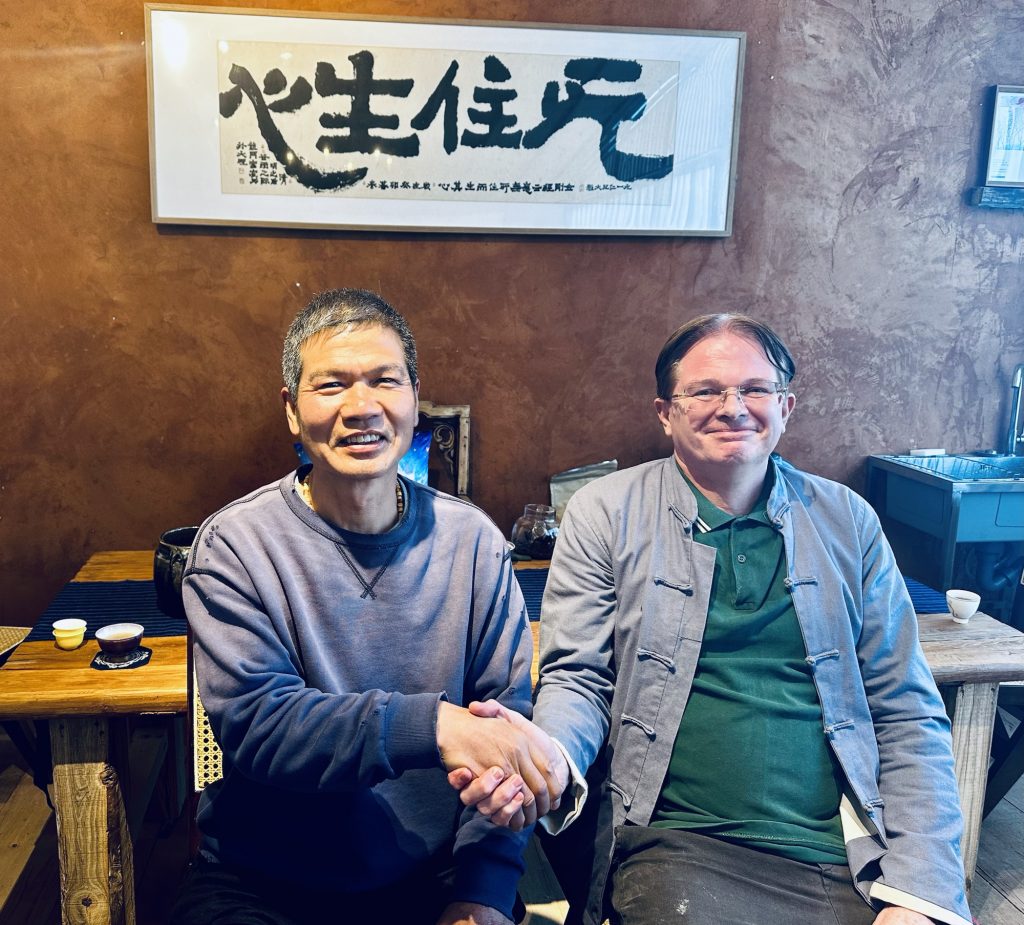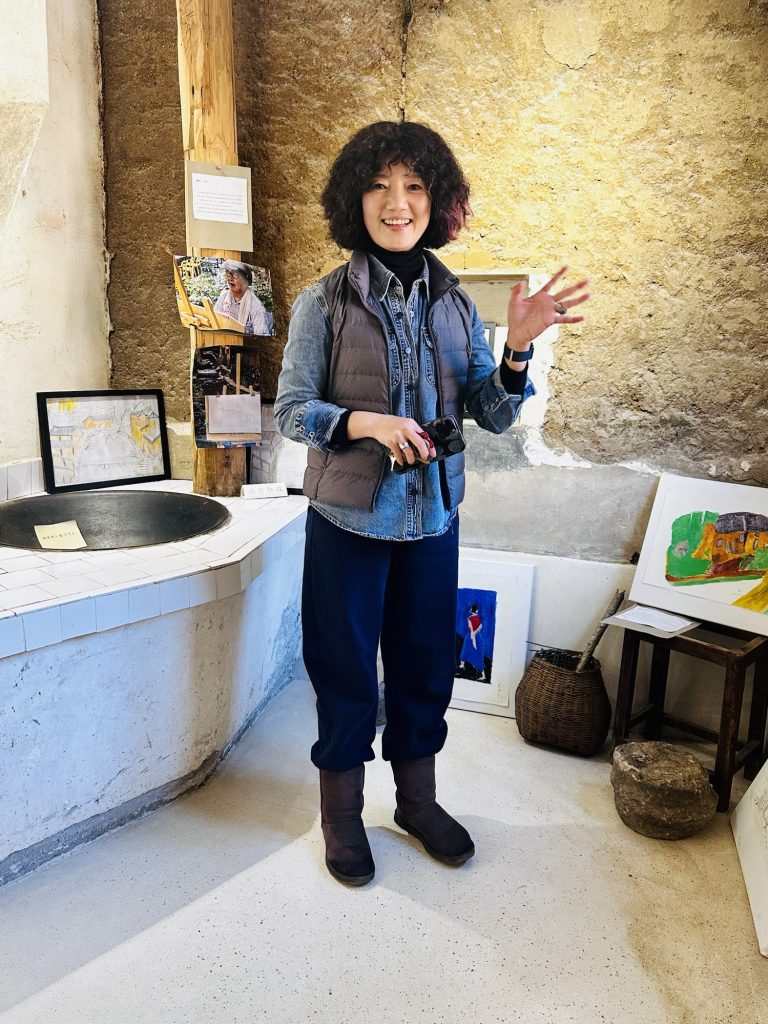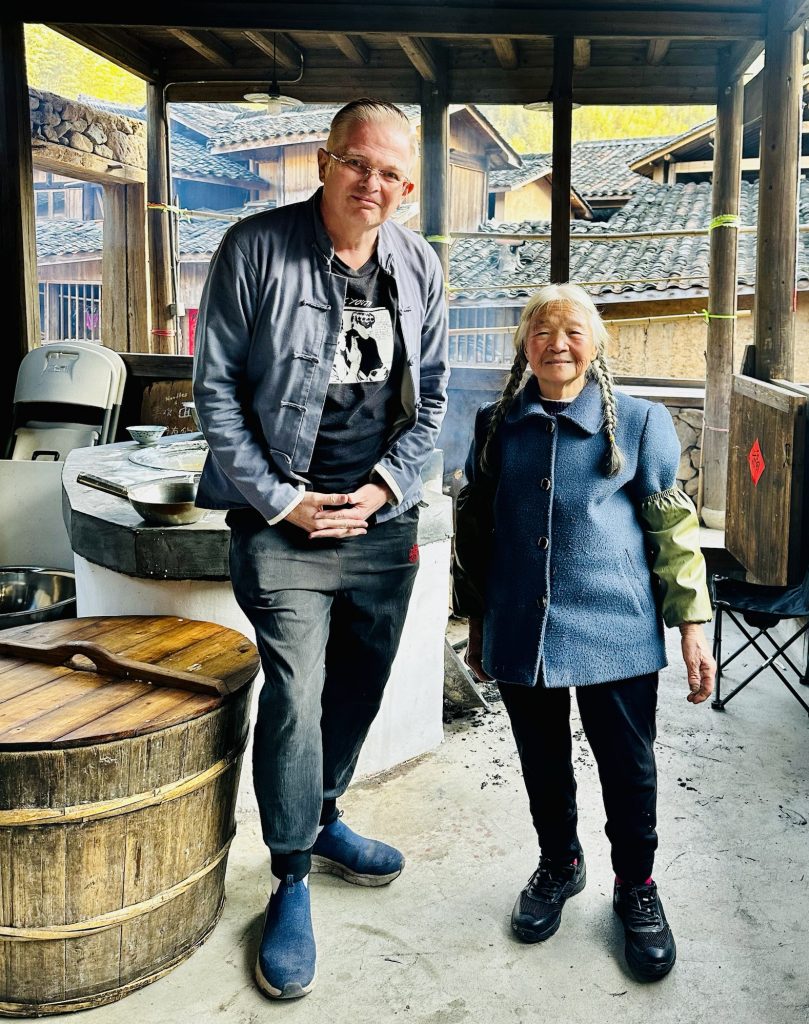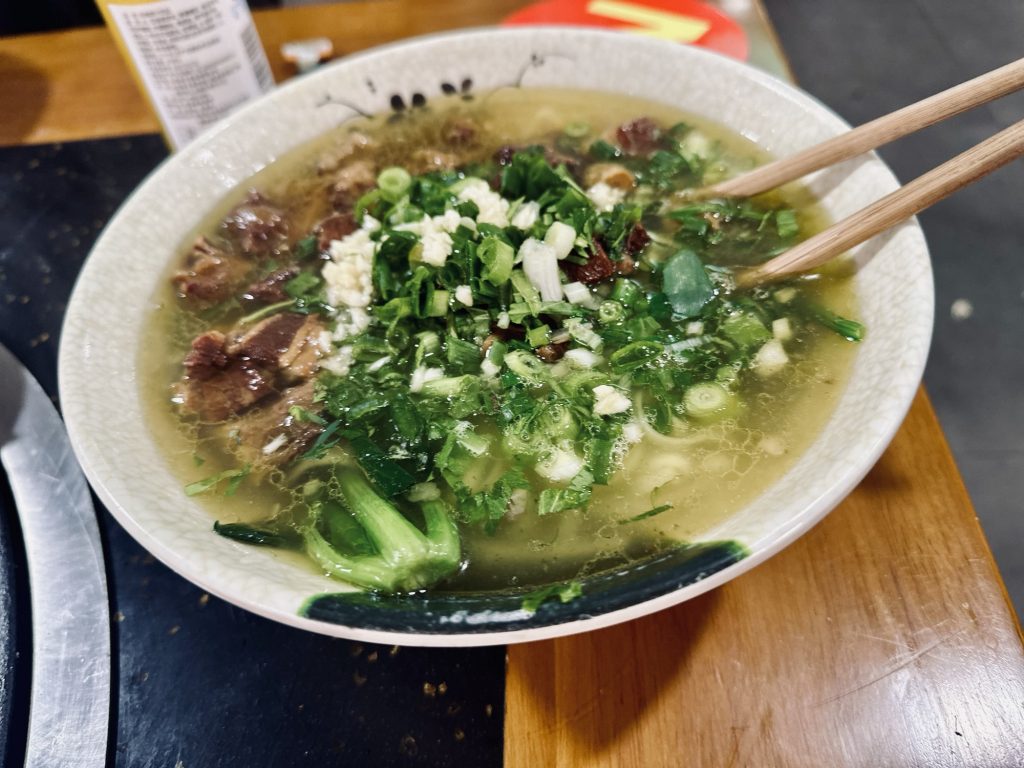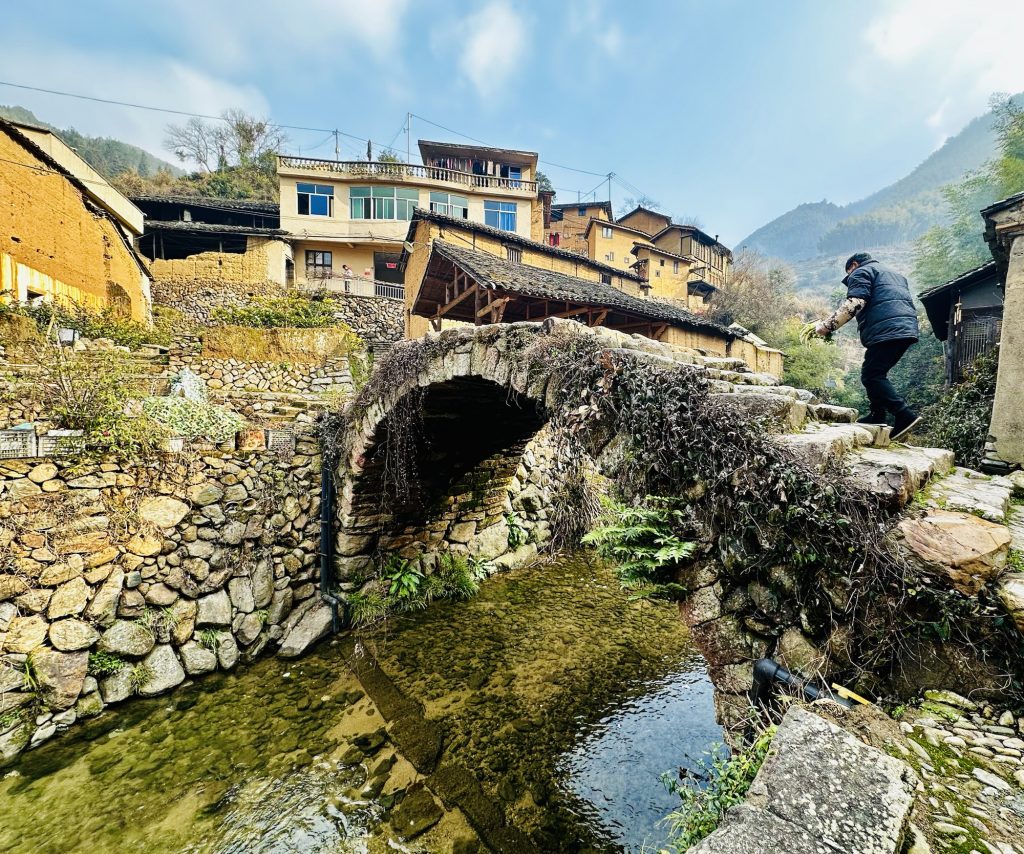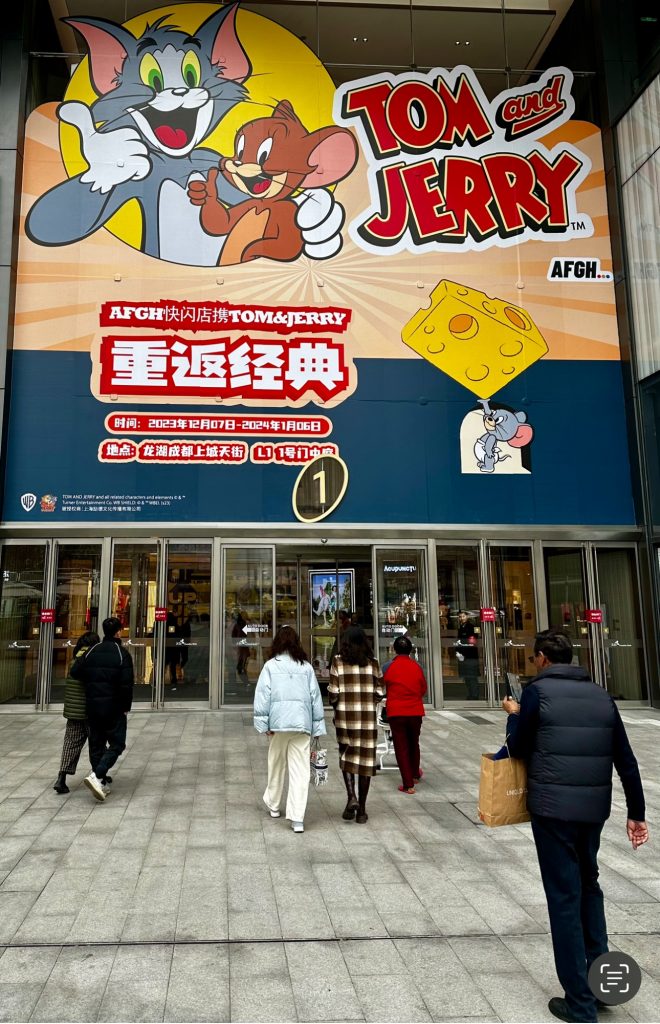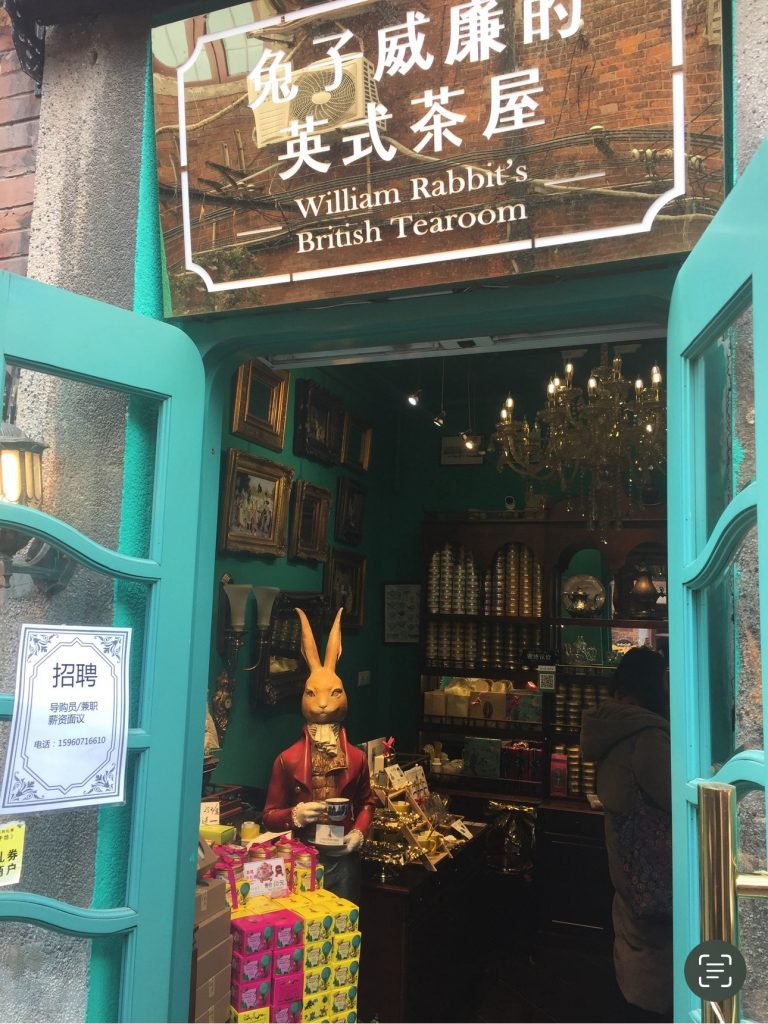Ella Mae’s self-introduction:

I am deeply grateful to have received the second-place winner of the SACU essay competition. This recognition means a great deal to me, as I have always been profoundly interested in the link between Chinese and Western cultures. Having spent ten years of my life in Malaysia, I was immersed in a rich cultural diversity that enhanced my curiosity and appreciation for different traditions and perspectives.
From a young age, I have been fascinated by the Chinese language and its cultural significance. It has provided me with a deeper understanding of China’s profound history, vibrant culture, and its evolving relationship with the Western world.
How do you see harmony in the cultural context of China and/or the UK?
Harmony can be seen as ‘an ideal’ or a ‘happy balance of mutual benefit’; Ancient Chinese Confucians believed harmony to be ‘the ability to generate unity or interconnectedness through diversity’. As time has evolved, Harmony has become a concept that many philosophers have struggled to define in simple words but suggest that the harmony between the body and the mind are necessary to enable one’s ability to flourish – Li and Dascha Düring.
The harmony of nature has certain principles: Diversity, Interdependence, Adaption, Health, Geometry, and Oneness. Many argue that the idea of interdependence is crucial to the balance of harmony due to its defining culture being the importance of reliance and understanding. Therefore, the harmony between nations, cultures, and ideologies has large significance to the peace that is upheld within life. The relationship between the UK and China since 1637 has seen harmony in forms of philosophy, science and economics, yet also experienced the effects that inadequate harmony can achieve.
He (和) is the Chinese equivalent of harmony, holding a meaning of ‘harmonious. The Chinese character was often carved onto tortoise shells; it was developed by the philosopher Confucius who preached the idea that harmony can occur without uniformity. This means that the world is full of differences, but the righteous man should be able to achieve balance.
Chinese culture emphasises the importance of togetherness and collaboration to maintain harmony. Within the theory of harmony, different parties, cultures, perspectives form a collective which promotes wellbeing and equity for all. In most cultures, harmony has a role within discussion, politics and foreign affairs. Whereas in Western Cultures harmony does not have an as significant role in society, it is centralised within meditation, mindfulness and more.
Over the years there has been a wavering harmony between the Uk and China’s world of science. Traditional Chinese Medicine (TCM) is an important factor in China’s culture and pride, yet the difference in the basis and theories that Western Conventional Medicine has compared to TCM has disrupted the Harmony between the two nations. The concept of ‘harmony of man and nature’ is a very holistic hypothesis that has been the basis of the ancient ideologies of TCM. TCM theories have a deep involvement in the idea of harmony, and they argue that humans and nature have an intertwined relationship of ‘mutual inclusion, connection and coordination’. Nonetheless, harmony is disrupted between the two sciences as Conventional Medicine is famous for its analytical and structural approach regarding evidence based science, whereas TCM is known for its highly synthetic, ‘healing art’ styled perspective.
Additionally, this contrast between the two medicines can be described as the ‘black box theory’ vs the objective anatomy theory. The Western view of the body structure is described as human anatomy, and the structure of the tissue is definite. The TCM view is the black box theory, for example: the kidney has no specific definition, but it is ‘the origin of the 5 viscera and 6 bowels’, this illustrates that there is no simple ‘one definition’ for the kidney, and prove it is much harder to understand than in Western anatomical terms. Another difference between the two concepts is that one is seen as a ‘thought experiment’ and the other is seen as a ‘scientific experiment’. The importance of medical testing in modern-day medicine is large, it allows researchers to collect data, and observe in a controlled environment. The use of these medical experiments allows professors to form hypotheses and find cures and more details about different treatments and illnesses.
This systematic approach has allowed Western Medicine to move forward in its findings. To contradict this Traditional Chinese Medicine takes a different approach, mainly focusing on human emotion and their experience. It is seen as a therapeutic process, which includes the concept of Yin and Yang. Therefore, it is hard for harmony to exist between the two theories if they have completely different notions. Although, in modern times because of the integration of acupuncture into the Western culture, the idea of unity between the two medicines has allowed them to coincide more with one another.
Acupuncture was first used in China around 2000 years ago, it is based on a theory of channelling ‘qi’ (energy). Once other countries (such as the UK) began to see the effectiveness of acupuncture, globalisation of the method occurred, and countries began adjusting their therapy methods to include acupuncture. Whilst acupuncture first became more accepted in France and Germany in the 17th century, a British physician named Felix Mann expressed the values it can have on a person. Within the 1950s, he taught acupuncture to multiple British medical practitioners, proclaiming its significance, which then led to the creation of the British Medical Acupuncture Society in the 1980s. The Western Culture was so accepting of the idea of acupuncture methods, and it has led to a development in Western Medical Acupuncture (WMA).
As well as this, there is known harmony between specific philosophies of TCM and Conventional Medicine. Xu DaChun was a medical author who believed that medicine was there to assist the body, and he researched whether the body was able to heal itself without medical intervention, which was not a common belief written in Chinese texts. Xu DaChun –
‘I believe that there are some people who, when they get sick, recover spontaneously withouttreatment, others who struggle without medical intervention, and yet others who cannot recover without medical help and will die.’
This concept is a European/British theory of self-healing and not all diseases need treatment, which is not a theory created by TCM. Therefore, this proves that the two have some ideas which coincide with one another, or medical professors from the two sides of medicine can agree on certain aspects. This demonstrates that even in the past, there are small fragments of harmony between TCM and Western Medicine, despite having such different groundwork and belief systems. Consequently, suggesting that harmony is present, even corresponding to old traditional ways of thinking; as the future succeeds us, methods are constantly altered to create harmony within science.

In relation to international affairs, the Chinese government has recently signified the prestige of a harmonious society. The UK and China have always had an ongoing relationship with around 400 years of diplomacy and cooperation through trade, investment, education and more. Due to the transfer of government in Hong Kong between the UK and China in 1997, relations and harmony have improved significantly. Both nations in modern day society have a certain reliance on another (interdependence) which leads them to continuously govern and run strong and stable economies. In December 2015, China was labelled “the great economic success story” for the Uk and has created a “huge and expanding market for U.K businesses” – stated Holly Ellyatt from CNBC.
The UK and China have had a turbulent past, which lacked harmony, but the consistent trade and partnership between the two economies has led to a relationship that cannot be damaged, as it would lead to a great downfall for the two nations. Therefore, harmony can be seen in this perspective. Although, as the future draws closer, the harmony between China and the UK has turned from ‘Gold to Dust’. Recent events have led to the loss of trust between the two nations. For example, the UK banning Chinese companies from 5G network development, sanctioning China for its human rights abuse allegations, as well as participation within the US military operations in the South China Sea to counter territorial declarations has all proclaimed a rocky path for securing harmony between the two nations in the future. For an economy to run smoothly, harmony and balance is key, harmony can be seen as the basis and important value to follow in many different decisions and policies which are formed.
Many Chinese political leaders and scholars promote the view of a harmonious and peaceful rise, due to China’s long standing traditional view of harmony. By portraying its nation as ‘harmonious’, many Chinese leaders aim to attract international, as well as domestic onlookers. The notion of ‘harmony’ is important to China’s politics and has been used in the promotion of soft power. President Xi – an important figure who became a general secretary of the Chinese Communist party in 2012 – argued that China is inclined to exercise soft power, due to its ‘tradition of valuing harmony that has been passed from generation to generation’. This is due to the great diversity of the historical meaning of harmony. This argument of promoting harmony in Chinese politics is important, as it resonates with all different types of groups within China; it is a common theme amongst the Daoists, Buddhist, Confucian, and Maoist believers. Hence, proving that the idea of harmony drives the thoughts, ideas and decisions made by Chinese Politicians, due to the significance it has on the varying religious and cultural groups.
Therefore, to conclude, there is no one singular definition of harmony, but the different forms, ideas and perspectives of it is seen often within China, the UK and both unanimously constantly. The effect that it has on Chinese culture is extensive and limitless. This could be due to the value that China gives to its culture and traditions, as harmony is a salient part of this. There is proof of this in the way that China continues to expand and grow, whilst maintaining its original beliefs, and encouraging the maintenance of harmony within these policies. In terms of medicine, there is harmony within the ways that both the UK and China work together to form the best possible outcome. And especially within years to come, the two will grow closer together due to the realisation that both concepts are important and useful to modern day illnesses and health-problems.
Ancient philosophies have taught many that harmony can mainly be achieved through the ability of interdependence within asociety, meaning the respect for diversity of people, opinion and more. Harmony has faltered as time has passed, especially in recent years between the UK and China, therefore ensuring steady harmony within the future is uncertain, hopefully it can be restored again, resulting in peace between both nations once again.
